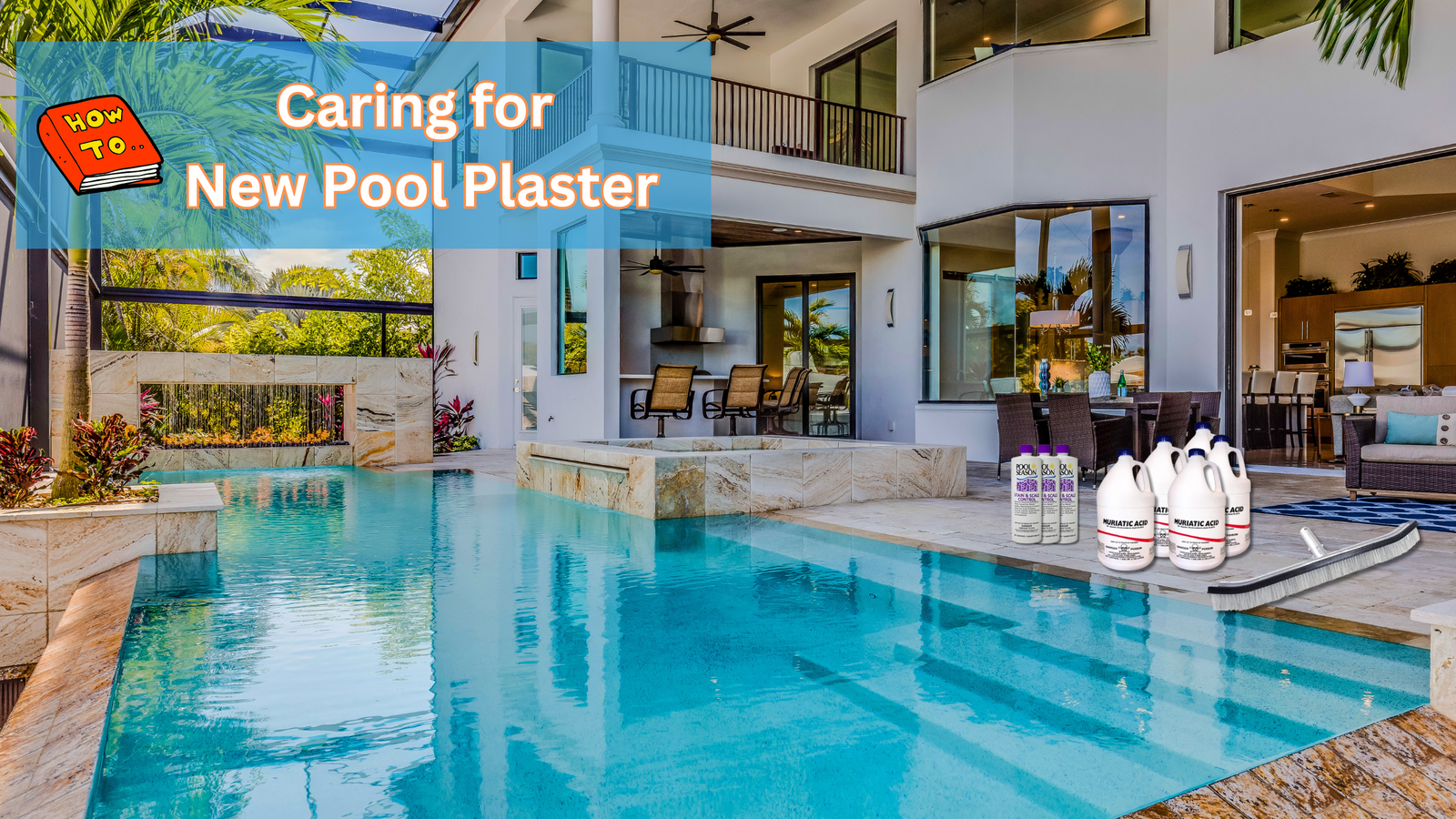Hey there, pool owners! This is your friendly team at EZ Pools, bringing you another handy guide, this time focusing on aftercare and curing maintenance for your newly plastered pool. Properly caring for your new plaster will help extend its life, enhance its appearance, and ensure it provides you with many years of swimming enjoyment. So, let's dive in!
Filling Your Pool

The first rule of thumb after plastering is to start filling your pool with water immediately. Use a clean, soft cloth to protect the plaster from the hose during the filling process. The pool should be filled continuously (without stopping) until the water reaches the middle of the tile line or the top of the skimmer opening. It usually takes 24-48 hours to fill a pool, but the time varies based on the size of the pool and the water pressure.
Brushing Your Pool

It's essential to brush your pool often during the first few weeks following plastering. We recommend brushing twice daily for the first week, once daily for the second week, and then every other day for the third week. Brushing helps remove plaster dust and aids the curing process. It also helps expose the quartz aggregate in quartz finishes.
Chemistry and Procedure
Proper chemistry is crucial in the first 30 days after plastering. Here's a simple guideline:
Schedule:
 Day 1-2: Test and adjust the pH (7.2-7.6), alkalinity levels (80 -120). Add a sequestering agent to help prevent stains.
Day 1-2: Test and adjust the pH (7.2-7.6), alkalinity levels (80 -120). Add a sequestering agent to help prevent stains.Note: Always pre-dissolve chemicals before adding them to the pool, and never let chlorine products contact the pool surface directly, as they can cause staining.
It's important to note that certain types of sanitizers, particularly trichlor, can be problematic for new plaster. Trichlor ("Jumbo Tabs") is a highly concentrated, acidic form of chlorine that can lower your pool’s pH level and cause imbalances in the water chemistry. Because it is highly concentrated, there is a chance that using Trichlor Tablets causing discoloration and stains. For this reason, we advise against using trichlor for the first few weeks after plastering your pool. Instead, consider using liquid chlorine or other less aggressive sanitizers to avoid potential staining and to maintain balanced water chemistry during this critical period of plaster curing. As always, if you have questions or concerns, the EZ Pools team is here to help.
Usage of Sequestering Agents
Sequestering agents, or chelators, are added to the pool to control metal stains. These agents bind to metals in the water, preventing them from depositing on the pool surface and causing stains. We recommend adding a sequestering agent on the first day after plastering and then monthly thereafter.
Remember, newly plastered pools can be sensitive to chemicals and conditions that older pools can handle with ease. Taking the time to properly care for your pool in the first few weeks after plastering will pay off in the long run, ensuring a beautiful and long-lasting finish.
As always, your friends here at EZ Pools are ready to answer any questions you might have about new plaster care or any other pool care topic. Feel free to reach out to us at any time. Happy swimming!

